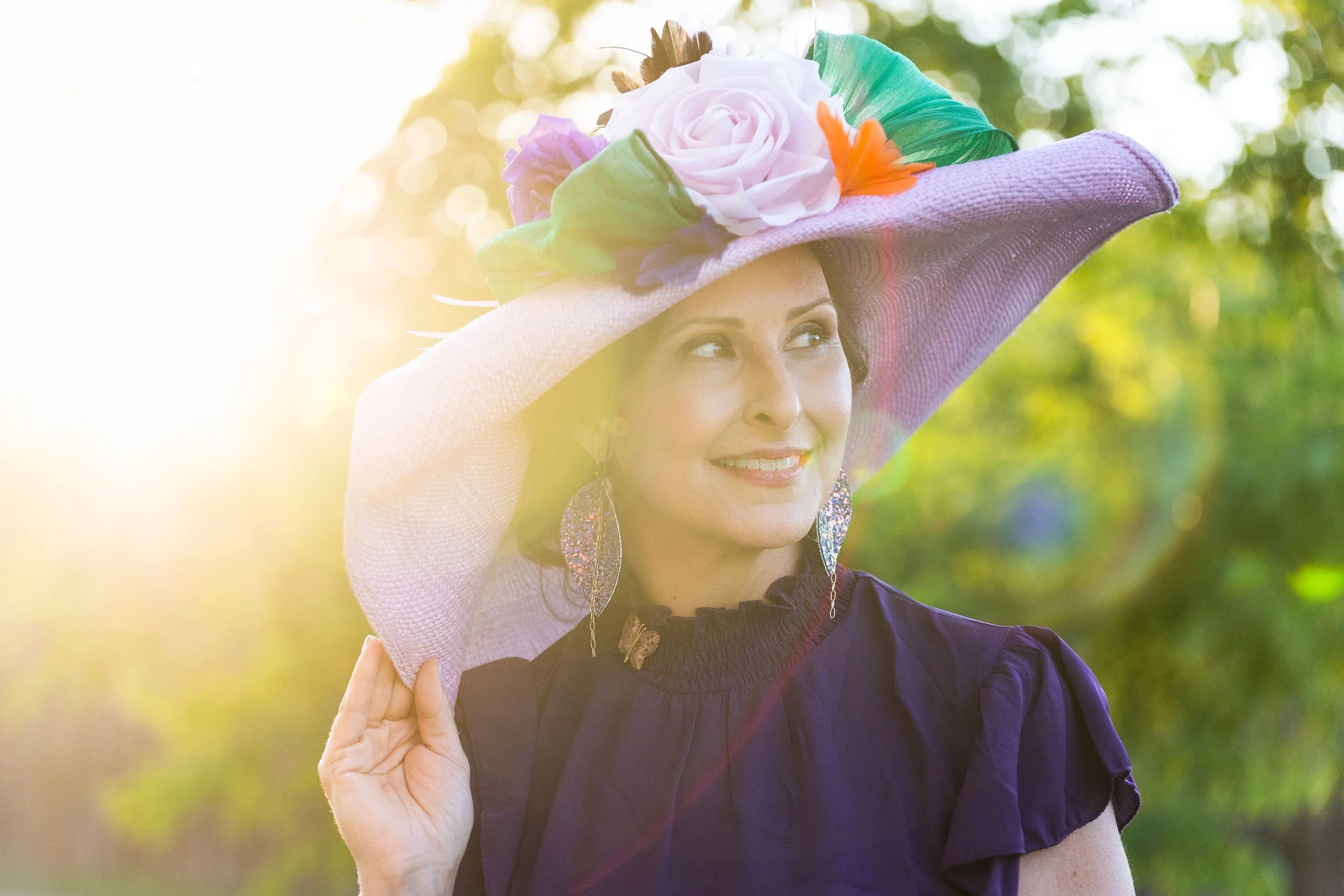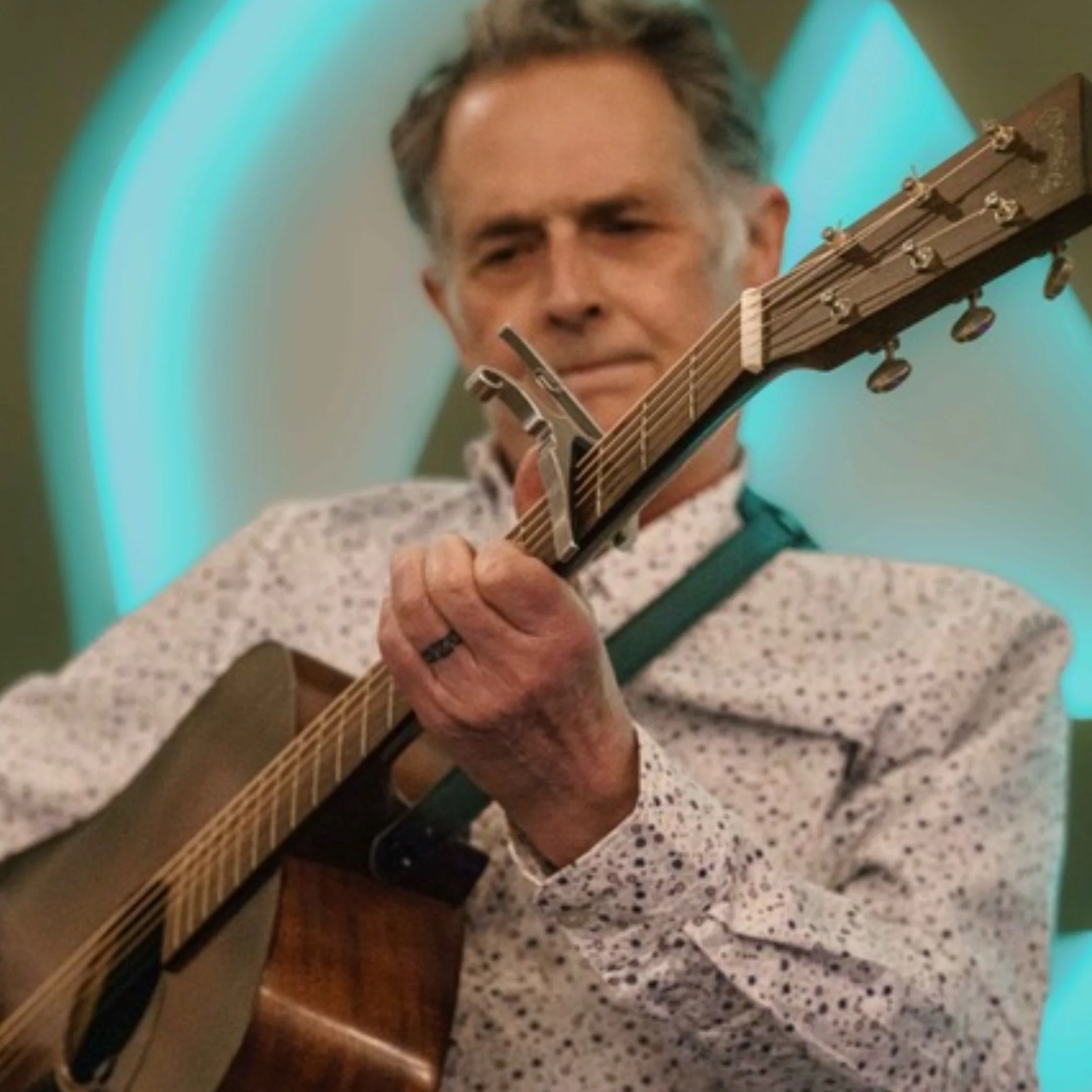By Jocelyn Hagen
On an early winter morning in 2012, I woke up to see the world spinning. My newborn baby was gently stirring in the bassinet next to the bed, and my 3-year old son was sound asleep downstairs. My husband, a touring musician, was somewhere else, I don’t remember where. I had vertigo. My vision was spinning out of control, just like a cheesy, old-fashioned TV transition effect. Thank goodness for the landline, but at that time I only had a few numbers memorized. Husband, no answer. Mom and Dad, no answer. Best friend, the same. Starting to feel queasy, I dialed 911.
About 5-10 minutes later, a fireman was breaking into my house with my 3-year-old standing inside. The police officer and paramedics were so kind to me that morning, and they were able to contact my husband’s parents, thankfully, who lived and worked close enough to come care for the kids and meet me at the hospital. By the time I was in the ambulance, the vertigo had subsided but I still felt terrible and extremely nauseous.
Physical therapy followed. I remained dizzy and unstable for months, and the whole experience was traumatic. Simple tasks like folding laundry and unloading the dishwasher were difficult. It was hard to find joy. At some point I realized that I had not played the piano or sang anything more than a lullaby in months.
I decided to start practicing again, and I gave myself little piano lessons, challenging myself and tracking my progress. I pulled out repertoire I had always wanted to learn, as well as old favorites. I began improvising again, revisiting songs I had written in college. At the time, Ed Sheeran’s song “The A Team” was on heavy rotation, and I heard it nearly every day when listening to the radio while driving my son to Montessori school. Also during that time, I was practicing Debussy’s “Doctor Gradus ad Parnassum” from Children’s Corner, an absolute delight to play. It falls beautifully under the fingers in the key of C Major. These two pieces became linked in my mind, and reminded me of each other. I never figured out why exactly, but probably something to do with counterpoint of the melodies. I decided on a whim one day to try to play them together - my hands running through the Debussy, my voice singing over the top. To my delight, it worked. Some moments “crunched” in a beautiful way. I returned to the piano daily to work on it for months. (It was also quite hard to do.)
It took me nearly three months to arrange this mashup of Debussy and Sheeran, and nearly a year before I felt comfortable performing it in public. To this day it is one of the biggest challenges I’ve ever given myself, and one of my very favorite creations. It resonates with who I am in such a deep and profound way ~ a pianist to my core, a pop singer, and a solver of musical puzzles.
Jocelyn Hagen performs Debussy's “Doctor Gradus ad Parnassum” while singing Ed Sheeran's “The A Team” on her 2013 EP entitled MASHUP.
My episode of vertigo also directly influenced my compositional work. That winter I had received a “Live Music for Dance” grant with a talented choreographer and dancer named Penelope Freeh. She earned us a short residency at The Maggie Allesee National Center for Choreography in Tallahassee, so I arranged to come down for a few weeks with my 3-month-old son and mother (gratefully) in tow. I had never composed music for dance before ~ it was thrilling and a bit daunting. The night of my arrival in Florida, the three of us touched down near midnight, and the rental car I had pre-ordered was missing the infant car seat I had requested. My mother and I stood in the abandoned parking lot for at least an hour, pondering our choices. Thankfully, Walmart is open 24 hours and my mom was able to drive and pick it up, install it, and take us to our apartment in the wee hours of the morning.
I remember clearly not getting a wink of sleep that night. I lay in bed, tossing and turning, nursing, venting frustration and crying into my pillow, and plotting how I would approach the next day’s workshop with my fellow artists. And somewhere in the middle of all that exhaustion, an idea formed. In the past month, my life was also spinning completely out of control. I had no regular sleep pattern, I was caring for two young children mostly on my own, and even my body had betrayed me. I decided to stop trying to control my outcomes ~ it seemed useless. And I thought that I could try extending that mindset into my current project.
I showed up to rehearsal the next day, bleary-eyed, with only the scrap of this evolving idea. I was going to try my hand at aleatoric music, which can be defined as “a form of music that is subject to improvisation or structured randomness.” This style was a complete departure from my current compositional style that I had spent nearly a decade developing. I’m a meticulous composer and editor, and every dot on my scores arrives with intention and purpose. But this score was different. It consisted of looping patterns that repeated until a visual clue signaled the next section. The musicians became movers as well, interacting with their dancing counterparts, actively responding to their gestures and positions on stage. My dizziness made it into the movement language of the dancers as well. The piece begins with the male dancer standing alone on stage, eyes closed, gently swaying, unbalanced. Then he lifts his arms, holding them up and to the sides, inspired by my physical therapy exercises. It was an act of finding balance and stillness.
We titled the piece “Slippery Fish,” a splendid title for a work that defied traditional definition and resulted in a fresh interpretation with each performance. The score remains to this day in manuscript form ~ pen, marker, paper. Engraving it in software felt very wrong, somehow stripping it of its whimsical and delightfully strange identity. “Slippery Fish” has been performed nearly a dozen times and gave Penny and I the best review we’ve ever received: “completely original in all respects.”
The takeaway from these stories is not the triumph of intellectual fortitude over trauma. Quite the opposite, in fact. I don’t believe either of these creations would exist in the same way had I never experienced the helplessness of vertigo and the lingering dizziness it gave me. I might never have delved back into a rigorous practice routine. I might never have explored the possibilities of indeterminate musical form. In both instances the resulting art is powerful because it is genuine. I could not have manufactured those works from the position of a bystander. I had to live through them.
Through dedicated practice and focus on my instrument, I healed my body and mindset. Through the process of letting go, I mastered a contradictory process of musical creation. My raw, fractured self pushed into new realms of possibility and creative breakthroughs. It reminds me of this excerpt of a song “Anthem” by Leonard Cohen: “Forget your perfect offering / There is a crack in everything / That’s how the light gets in.”
I don’t believe that any of us are immune from trauma. Tiny or towering, these experiences shape our perspective of the world and bring out who we really are ~ the essence of which we are made. As an artist I believe it is my duty to explore those depths and share them with the world, because it is through art that we learn to understand ourselves. My job is to take the listener on a journey, out of the present moment and current problems and to-do lists, and find the emotion (often hidden) inside. Cracking myself open and revealing my own traumas and experience through my music provides an entry point for others to examine their own lives. I know that my trauma is very small relative to many others, but that doesn’t mean it affects me any less. A big part of healing from trauma is simply acknowledging that it exists and that you need to deal with it.
Trauma is a part of life ~ no one escapes life unscathed. It is how you respond to those moments that defines who you are. Don’t be afraid to dive deep. Trust your crazy ideas. How will your creative energy help others and add beauty to the world?
Jocelyn Hagen is a Twin Cities-based composer whose music has been commissioned and performed around the globe. A performer as well, she is also part of the a cappella band Nation. In addition, she is the co-founder and co-owner of Graphite Publishing, an online vocal music publisher of digital scores.








